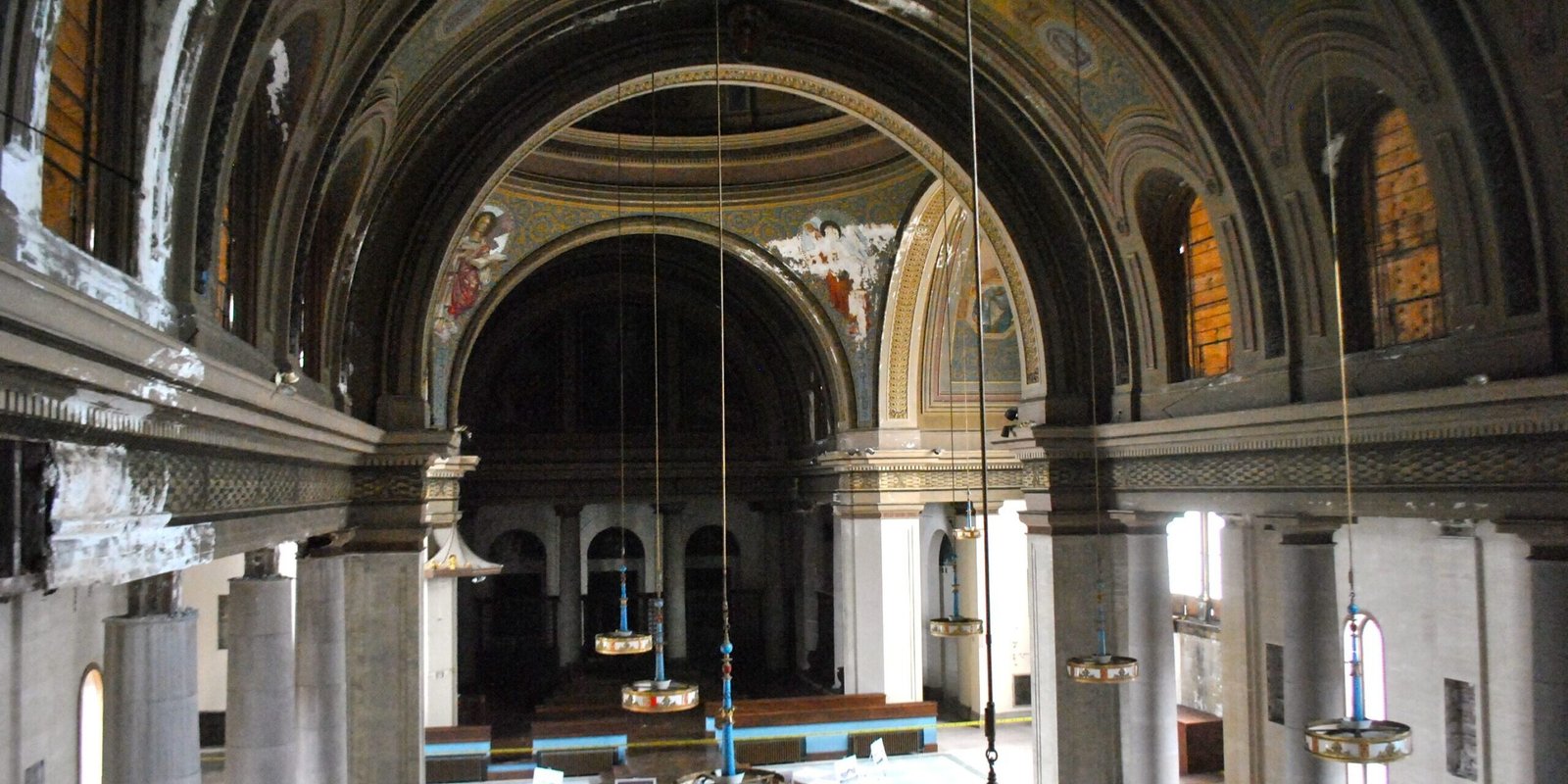A recent article in The Atlantic proclaimed ”an epidemic of empty churches.” And the very same week the Washington Post asked, ”Does a religious community need its own building to flourish?”
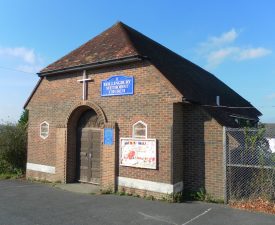
Both authors pointed to the reality that buildings are often a problem, and finding the right solution will require congregations and their leaders to do a careful assessment of their resources — but also of their place in the community and their own culture and theology.
Some congregations are wondering if rented space or ”pop up” space or a corner table at the pub might not better suit today’s needs. In their infancy, congregations have long sought out spaces that are otherwise empty on Sunday. I remember worshipping in a National Guard armory as a child – at least until our growing new congregation could build a sanctuary and Sunday School buildings in a growing suburban neighborhood. There were lots of those in the 1950s and 60s – both the neighborhoods and the new church and synagogue buildings.
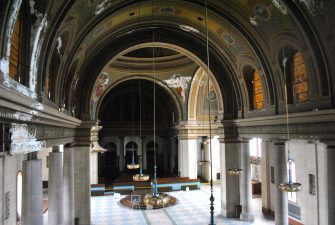
While some new congregations today are intentionally choosing not to occupy a typical religious building, the Post’s Michelle Boorstein notes that others who started that way have decided that it does make sense to have their own space.
Others that have their own space, of course, are wondering what to do with it. As the Atlantic’s Jonathan Merritt notes, a lot of congregations close up shop every year, and some of them leave buildings behind.[1] Others occupy buildings that were designed for congregations and communities far different from today’s reality.
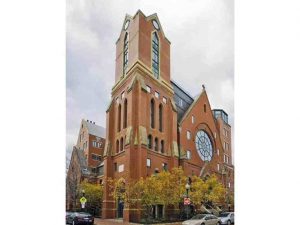
Some of those mis-matched congregations sell their property to another congregation or to a developer. The sight of condos in former church buildings is more and more common!
Others find ways to make their space serve both the congregation and the surrounding community in new ways. All sorts of social service organizations benefit from the affordable and convenient spaces offered to them by congregations. Religious buildings are often strategically located near the people they serve, and the partnership allows congregations to extend their ministry.
There are even emergencies when one congregation can help another – as when a Warwick RI congregation lost its building to fire – or when spare space helps a whole community – as we see in many disaster situations.
 Sanctuaries can also be a beacon of hope and reflection even when the congregation’s members aren’t present. Groups that occupy historic buildings can find assistance in making that possible from organizations like Partners for Sacred Places. There are often resources out there that congregations might not otherwise think of.
Sanctuaries can also be a beacon of hope and reflection even when the congregation’s members aren’t present. Groups that occupy historic buildings can find assistance in making that possible from organizations like Partners for Sacred Places. There are often resources out there that congregations might not otherwise think of.
But like any decision a congregation has to make, its own unique history, culture, and theological commitments will shape how it chooses and uses its dwelling place. It’s important to understand who you are! Explore our tools, read more from existing research, and find new frames for thinking about your own work.
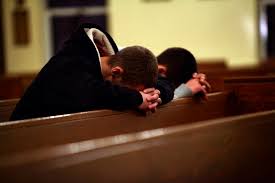
[1] In fact, congregations without a building are more likely to close than are those with a building. For an excellent and reliable discussion of the factors that predict congregational closures, see the 2008 report “Dearly Departed: How Often Do Congregations Close?” by Shawna Anderson, et al., Journal for the Scientific Study of Religion 47 (2):321-328.

